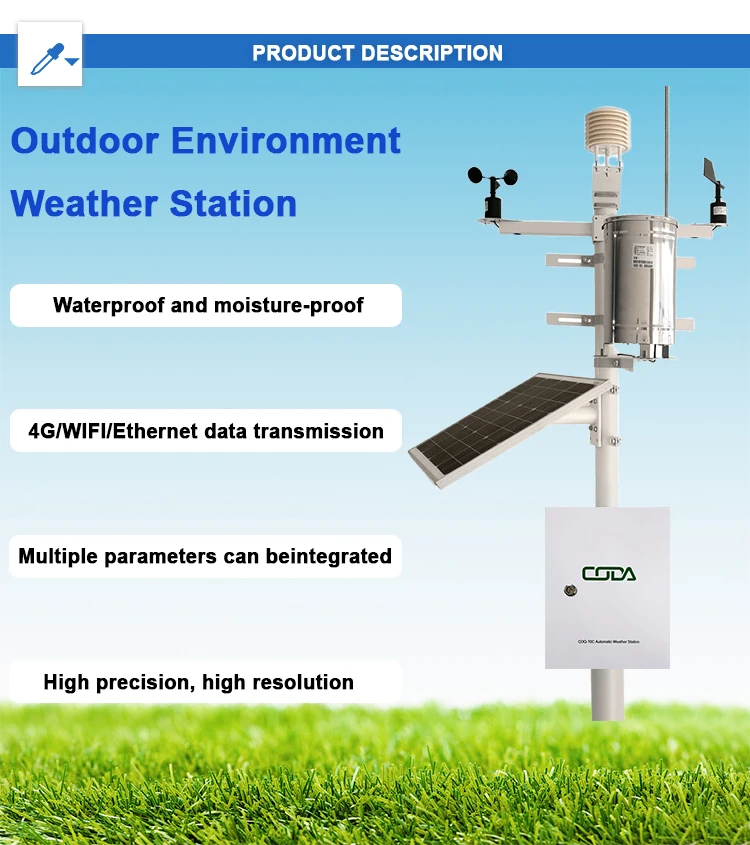Advantages and Disadvantages of Automatic Weather Stations

# Advantages and Disadvantages of Automatic Weather Stations
## Introduction
Automatic Weather Stations (AWS) have revolutionized meteorological data collection by providing continuous, real-time weather information without constant human intervention. These systems are widely used in agriculture, aviation, marine operations, and climate research. While they offer numerous benefits, they also come with certain limitations that users should consider.
## Advantages of Automatic Weather Stations
### 1. Continuous Data Collection
One of the primary advantages of AWS is their ability to collect weather data 24/7 without interruption. Unlike manual weather stations that require human observers, automatic systems can operate continuously, providing a comprehensive dataset for analysis.
### 2. High Accuracy and Precision
Modern AWS are equipped with sophisticated sensors that can measure various weather parameters with high accuracy. These systems minimize human errors and provide consistent, reliable data for research and operational purposes.
### 3. Remote Monitoring Capabilities
AWS can be installed in remote or inaccessible locations where maintaining a manned weather station would be impractical or dangerous. Data can be transmitted wirelessly to central monitoring stations, allowing meteorologists to track weather conditions in real-time from anywhere in the world.
### 4. Cost-Effective in the Long Run
While the initial investment in an AWS may be significant, these systems typically require less maintenance and operational costs compared to manned stations over time. They eliminate the need for continuous staffing and reduce the frequency of site visits.
### 5. Rapid Data Transmission
Automatic weather stations can transmit data almost instantaneously, which is crucial for weather forecasting, early warning systems, and time-sensitive applications like aviation and emergency management.
## Disadvantages of Automatic Weather Stations
### 1. High Initial Costs
The upfront cost of purchasing and installing an AWS can be substantial, especially for stations equipped with advanced sensors and communication systems. This may be prohibitive for some organizations or developing countries.
### 2. Maintenance Challenges
While AWS require less frequent maintenance than manned stations, they still need regular servicing. Sensor calibration, power supply issues, and communication system failures can affect data quality if not addressed promptly.
### 3. Vulnerability to Environmental Factors
Automatic stations are exposed to harsh weather conditions that can damage equipment or affect sensor accuracy. Extreme temperatures, heavy precipitation, or wildlife interference may compromise data collection.
### 4. Limited Human Oversight
The absence of human observers means that some weather phenomena (like certain cloud types or visual observations) might be missed. Additionally, equipment malfunctions may go unnoticed without regular human inspection.
### 5. Data Quality Issues
While AWS generally provide accurate data, sensor drift, calibration errors, or communication problems can lead to data gaps or inaccuracies. These issues require robust quality control procedures to identify and correct.
## Conclusion
Automatic Weather Stations represent a significant advancement in meteorological technology, offering numerous benefits in terms of data collection, accuracy, and operational efficiency. However, potential users must carefully consider the associated costs, maintenance requirements, and potential limitations when implementing these systems. For many applications, the advantages of AWS outweigh the disadvantages, making them an invaluable tool for modern weather monitoring and research.
Categories: News